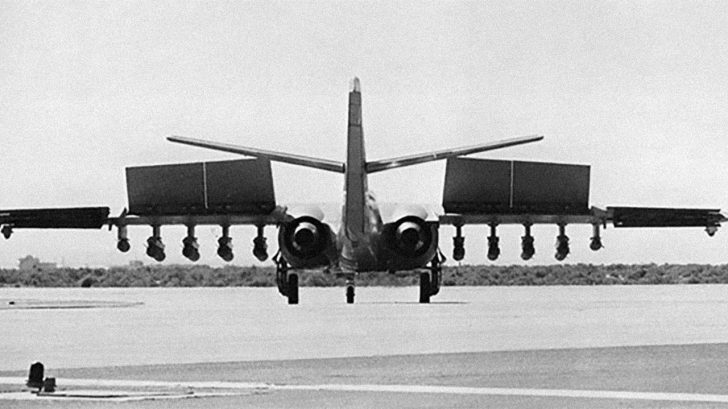With the war in Indochina raging on, the US Air Force is struggling to develop a new aircraft to replace the aging WWII-era fighters utilized for close air support.
Without the right CAS support, men on the ground are able to fight the North Vietnamese forces.
A Desperate Program
With time running out, and the lives of Allied forces fighting over in the Vietnamese jungle at stake, the USAF planned to build a dedicated close support aircraft with the latest technological innovations.
One Defect
While the 20-millimeter Vulcan is well-liked and a potent weapon against most targets, it had one defect- it was incapable of dismantling targets with thicker armor.
The 30-Millimeter Cannon
The USAF concluded that a rotary gun with a bigger caliber was important. Furthermore, the A-C aircraft needs to be fitted with a massive 30-millimeter rotary canon with the desired fire rate of over 4,000 rounds per minute. By 1974, the powerful gun was ready for combat.
Northrop’s YA-9A
Northrop’s YA-9’s unique design and its externally mounted nacelles reduced its signature from ground-based trackers and also enhances its survivability.
In case one of its two external engines were lost, the plane still had a fighting chance. The wing design also enhanced control when flying at lower altitudes, which is vital for the CAS role.
Testing
The two YA-A prototypes were then sent to NASA for testing before it was officially retired. The Lycoming engines were removed and used in a C8 Buffalo airframe as part of Boeing and NASA’s Quiet Short-Haul Research Aircraft study.



